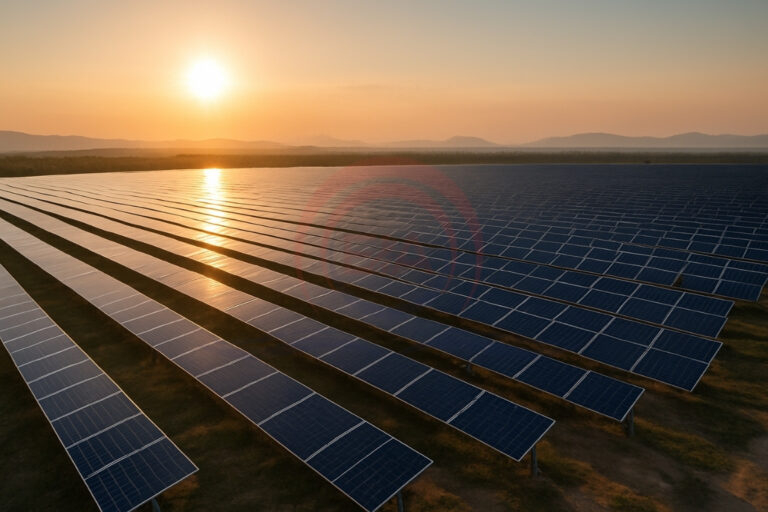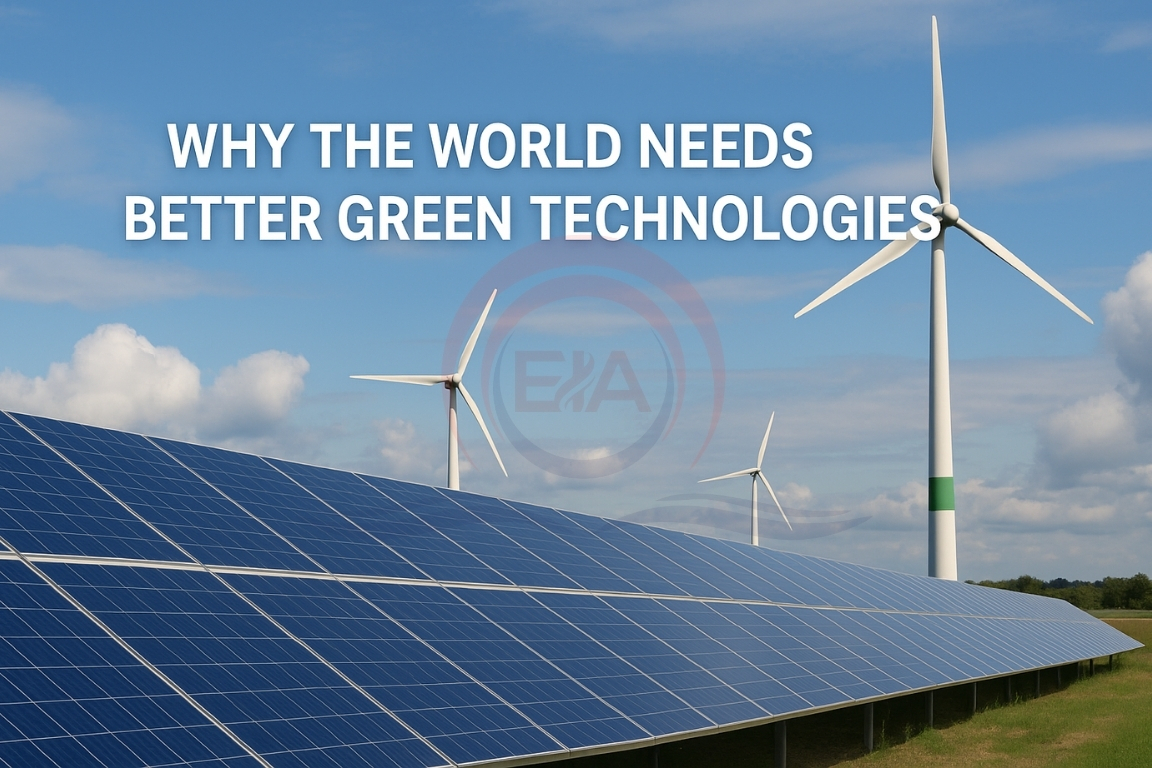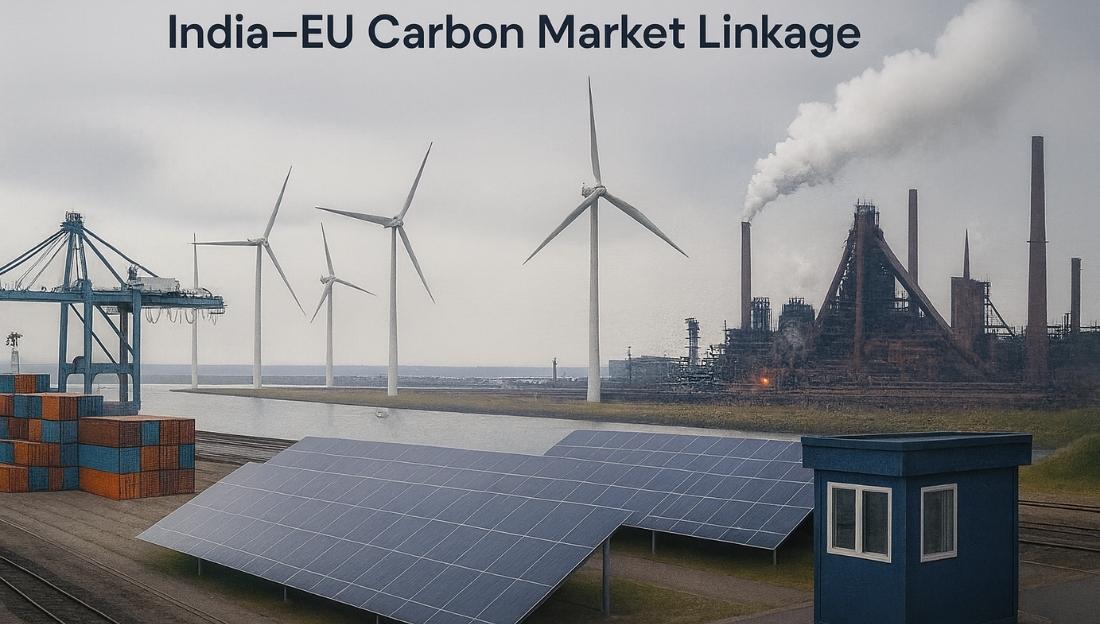The rising demand for clean energy and global climate commitments have highlighted the limitations of current silicon solar technology and green hydrogen production, prompting calls for more efficient, cost-effective, and diverse green technologies.
Background
- Countries face land constraints, rising CO2 emissions (425 ppm in 2025 vs 350 ppm in 1990), and geopolitical energy risks.
- Silicon photovoltaic panels (18-21% lab efficiency, 15-18% field efficiency) dominate the solar market but are land- and energy-intensive.
- Achieving net-zero targets and energy self-sufficiency requires next-generation green technologies beyond traditional renewables.
Limitations of Current Technologies Silicon Photovoltaics (PV)
- Invented in 1954, mass adoption began in recent decades.
- Efficiency remains below 18% in the field, requiring larger land areas for solar farms.
- 80% of panels are supplied by China, creating strategic dependence.
- Land scarcity and environmental conservation limit large-scale solar expansion.

Challenges of Green Hydrogen
- Produced via electrolysis using renewable energy, but energy-intensive.
- Storage and transport are difficult due to hydrogen’s low density and leakage risks.
- Conversion to green ammonia or methanol for transport adds extra energy costs, reducing overall efficiency.
- “Greenness” is compromised if the renewable energy source itself is inefficient.
Need for Advanced Solutions
- Higher-efficiency solar technologies (e.g., gallium arsenide thin films, 47% efficiency) can halve land requirements.
- Artificial Photosynthesis (APS) could directly convert sunlight, water, and CO2 into fuels like green methanol, mimicking plant photosynthesis.
- CO2 recycling technologies and Renewable Fuels of Non-Biological Origin (RFNBO) are emerging areas for deep decarbonisation.
India’s Path Forward
- Reduce 85% energy import dependence by investing in domestic R&D for solar, hydrogen, and APS technologies.
- Encourage public-private partnerships to commercialise next-gen renewable technologies.
- Preventive investment in clean technology will reduce future climate damage costs.
Conclusion:
While silicon PV and green hydrogen are vital for the energy transition, they cannot alone achieve net-zero targets efficiently. Diverse, high-efficiency, and locally developed green technologies are essential for energy security, climate resilience, and economic sustainability.





